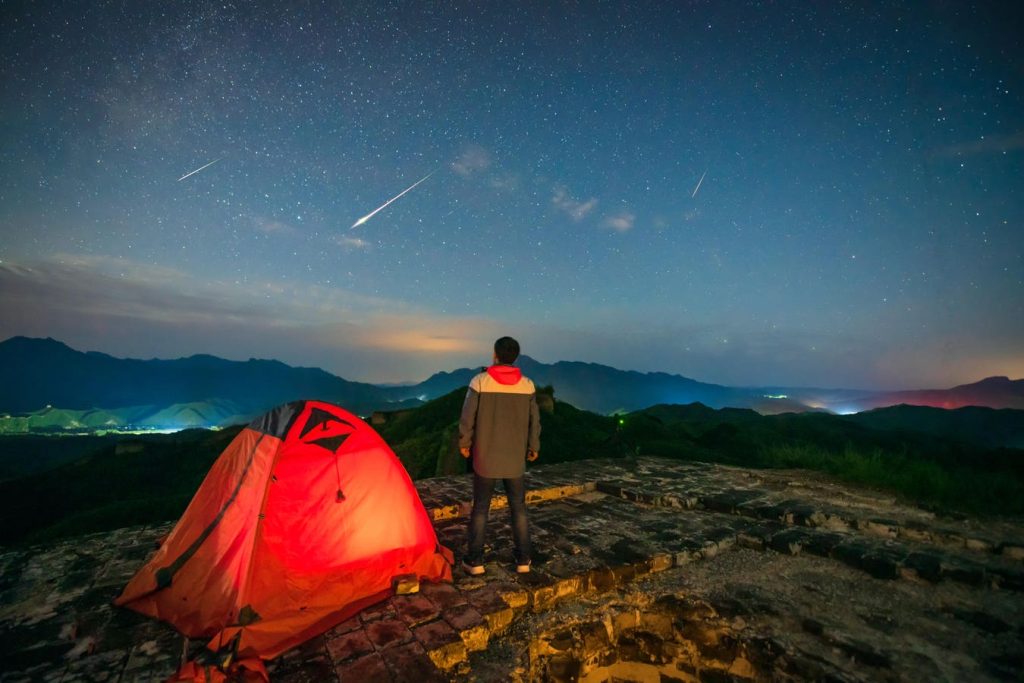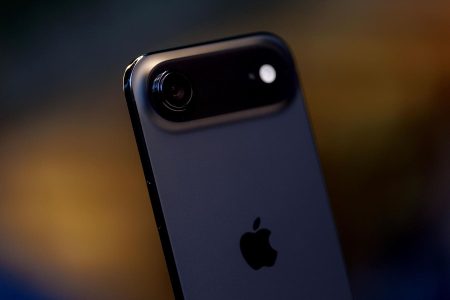Are you ready to see two meteor showers peak — just as a third gets going? Late Tuesday, July 29, and into the early hours of Wednesday, July 30, sees the peak of two meteor showers as summer’s “shooting star” season gets underway.
The Delta Aquariids and Alpha Capricornids will peak simultaneously under mostly favorable conditions, with the moon setting early in the evening to leave skies dark enough to catch up to 30 meteors per hour. Just to add to the excitement, the annual Perseids meteor shower — which peaks in August — could add to the show. Here’s everything you need to know about the three overlapping meteor showers
Delta Aquariid Meteor Shower: What To Know
Peak night: July 29/30
Meteors per hour: up to 25
It’s often overlooked because of the more prolific Perseid meteor shower that occurs just a few weeks later, but this year, the Delta Aquariids will arguably take center stage. With the Perseids bound to be badly affected by the moon, the Delta Aquarids could see about 25 meteors — albeit rather faint ones — visible in moonless night skies on the peak night. However, getting far from light pollution would be wise. It’s a meteor shower with a broad peak, so you can start looking for them on any clear night in late July and early August, but note that its radiant point — where the meteors appear to come from — is low in the south as seen from the Northern Hemisphere.
Alpha Capricornid Meteor Shower: What To Know
Peak night: July 29/30
Meteors per hour: up to 5
A minor meteor shower, the Alpha Capricornids began on July 12 and will ramble on until Aug. 12. Its “shooting stars” — fragments left behind in the inner solar system by comets — will number around five, which may add to the spectacle created by the Delta Aquariids and the Perseids. Although they may be relatively scant, Alpha Capricornids can often be bright fireballs, so they are worth looking out for.
Perseid Meteor Shower: What To Know
Peak night: Aug. 12-13
Meteors per hour: up to 75-100
The Perseid meteor shower — one of the year’s most prolific in the Northern Hemisphere — kicked off on Jul. 17 and will continue to produce “shooting stars” until Aug. 23. That’s lucky because its peak night on Aug. 12-13 occurs only a few nights after a full moon. With a bleached sky, only the very brightest Perseids will be visible, making the last few nights of July the best time to see them. During this period, expect about 5-15 meteors per hour. The radiant point of the Perseids lies in the constellation Perseus, but meteors can appear throughout the sky.
How To Watch A Meteor Shower
For the best viewing experience, find a dark location away from city lights and check weather forecasts for clear skies. Observing is best done with the naked eye rather than through telescopes or binoculars. Consider bringing a lawn chair or blanket, and avoid bright screens that can impair night vision. Remember to dress warmly, use bug spray, bring snacks, and take breaks from watching the sky every 30 minutes.
For exact timings, use a sunrise and sunset calculator for where you are, Stellarium Web for a sky chart and Night Sky Tonight: Visible Planets at Your Location for positions and rise/set times for planets.
Wishing you clear skies and wide eyes.
Read the full article here









